
16 May, 2015
PATA 2015 events in Leshan and Bengaluru: What India can learn from China
The Indian Prime Minister Mr Narendra Modi is in China this week for an official visit. He no doubt will see just how far ahead China is of India on just about every aspect of development. Anyone who travels through the world’s most populous country cannot but be impressed by the smooth highways, well-functioning airports and high-speed railways. The “development” that Mr Modi claims to have achieved in his home state of Gujarat pales in comparison to the quality and quantity of development right across China.
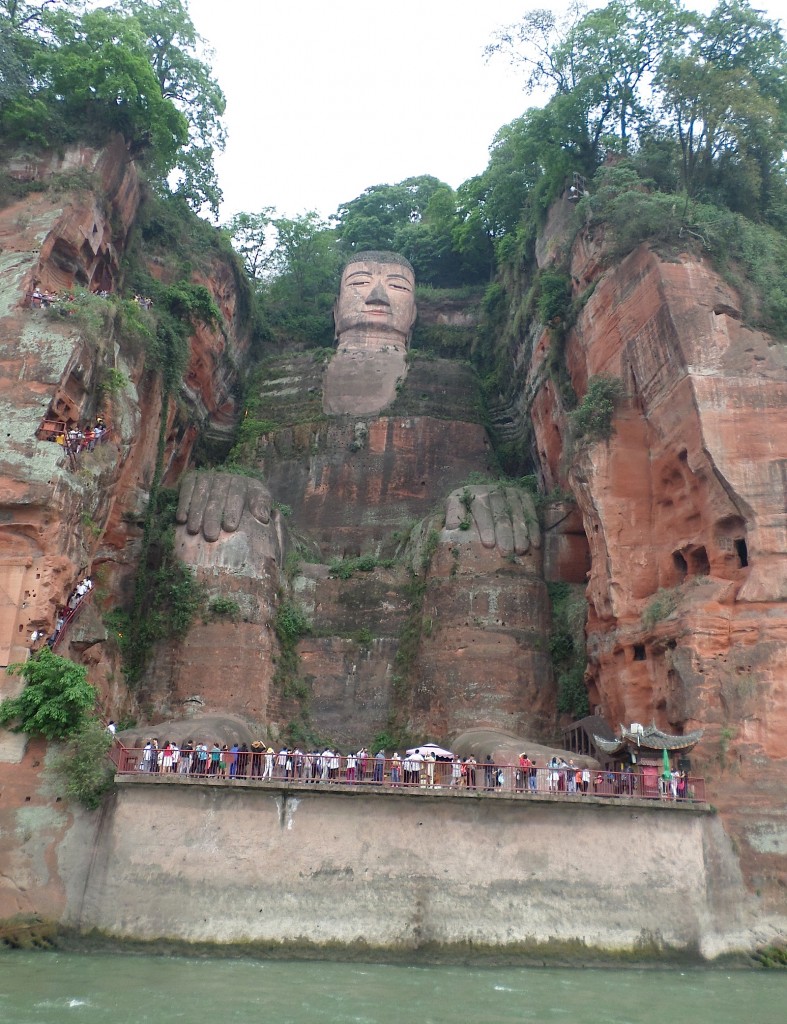 The Giant Buddha in Leshan |
The travel industry soon will be able to verify the comparisons for itself when the PATA Travel Mart is held in Bengaluru this September. For the first time, two of PATA’s signature events are being held in China and India in the same year. This past April, PATA executives convened their annual summit in the Chinese city of Leshan. Located in the province of Sichuan, China’s 5th largest province located in the upper Yangtze river, Leshan’s main tourism drawcard is the majestic Giant Buddha, the largest stone-carved Buddha in the world, a UNESCO World Heritage Site. Tourism is one of six pillar industries in the province, along with electronics and IT, hydropower, mechanical metallurgy, pharmaceutical chemicals, and food & beverage.
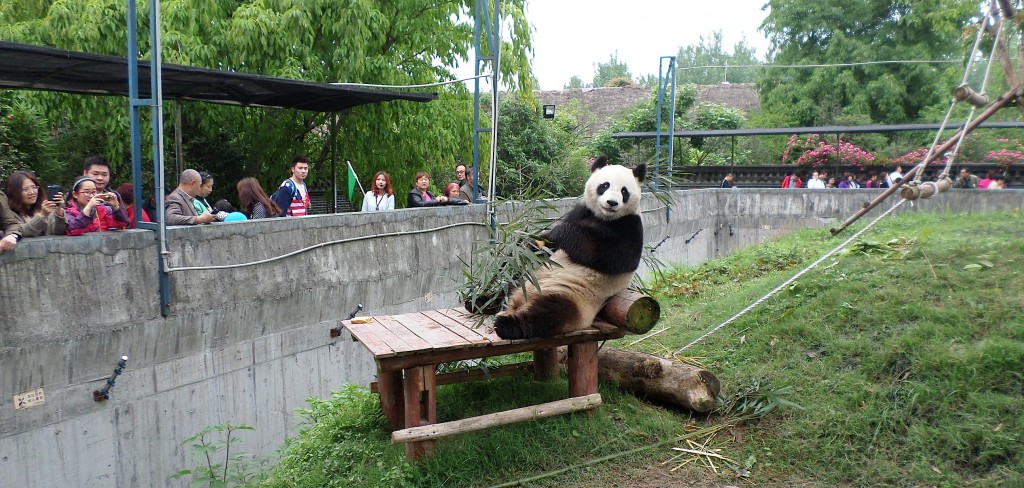 The pandas are a huge tourist attraction. |
The Leshan summit was one of the best travel events I have ever attended, an absolute delight from entry to exit. Two weeks before the Summit, I received an email from a “volunteer”, telling me that her job would be to assist me during my stay. About 100 such volunteers, mainly English-major students at local universities, had been appointed to accompany nearly all the foreign delegates. They greeted us upon arrival and diligently (sometimes a little over-diligently) helped us through many a language problem all the way through. They gave us directions, reminded us of event timings and tours, helped with any special requests, and made sure the entire experience was as hassle-free as possible.
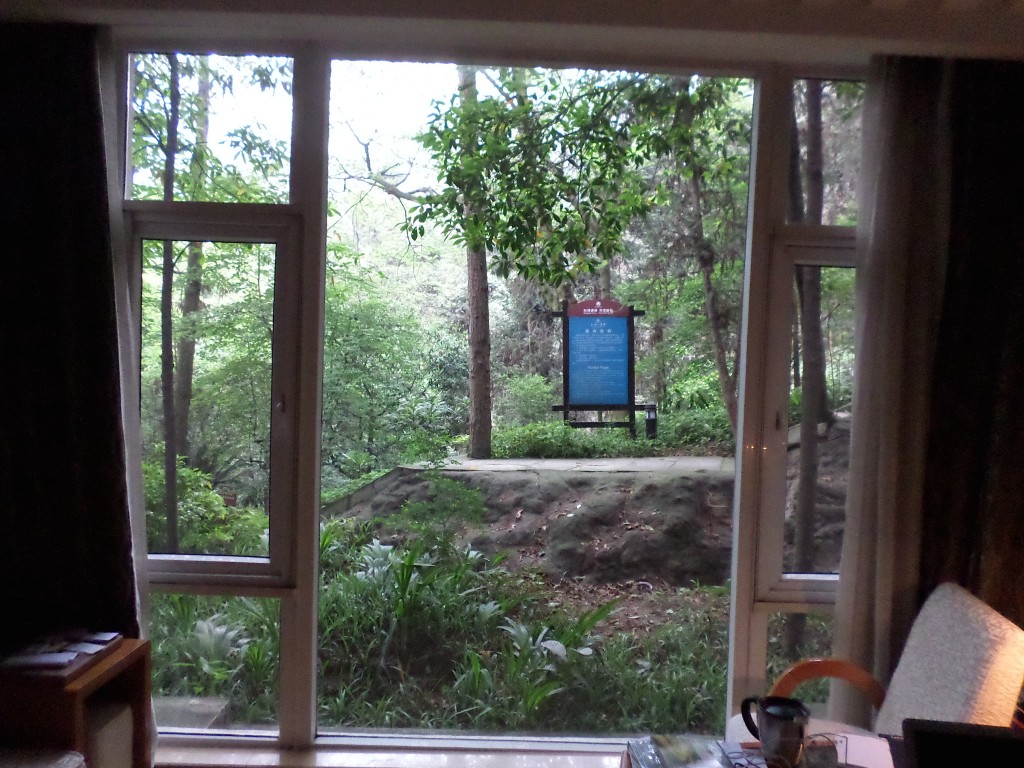 The rainforest view from my room. |
The main hotel, Hong Zhu Shan, is a delightful eco-resort set in the midst of a thick forest. The rooms are spread out across eight buildings. I stayed in furthest one, about 15 minutes walk from the main building, because the rate was the lowest. On the website map, a 15-minute walk looked like a real pain. It turned out to be heavenly. Walking back and forth every morning and evening under the rich canopy of greenery was exhilarating. I could either commute by the main road or take one of the walking trails. A sign at the start of the trail invitingly referred to it as the walk as “forest yoga” — a combination of exercise and good breathing can do wonders. Because I was carrying my laptop and other paraphernalia, I had to stick to the main road. After dark, even that came alive with lights decorating the shrubs, bushes and trees on both sides. My room, too, had a ceiling-to-floor glass wall directly overlooking the forest. A small window with netting could be opened on the side to let in the fresh air.
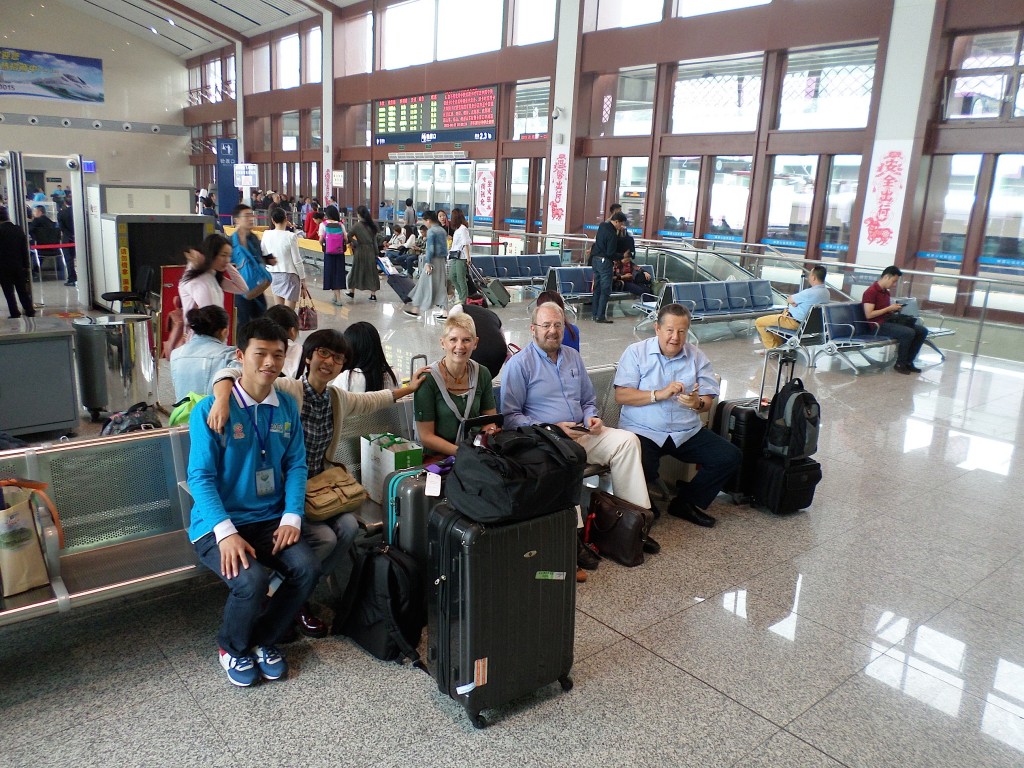 PATA chairman Kevin Murphy (second right), his wife Donna, Luzi Matzig of Asian Trails, and two of the Chinese volunteers at the spotless high-speed railway station |
The conference, too, was perfect. Unlike in India, all the official events were on-the-dot punctual. The Chinese VIPs arrived on time, and observed the speaking time-limit allocated on the programme. Same with the evening events. If there were time over-runs, they were mainly due to the invited speakers from abroad many of whom failed to do what the Romans do. The Wi-Fi networks audio-visual systems worked perfectly. Never once did I see a microphone fail. Well-positioned signage guided delegates to the correct function rooms.
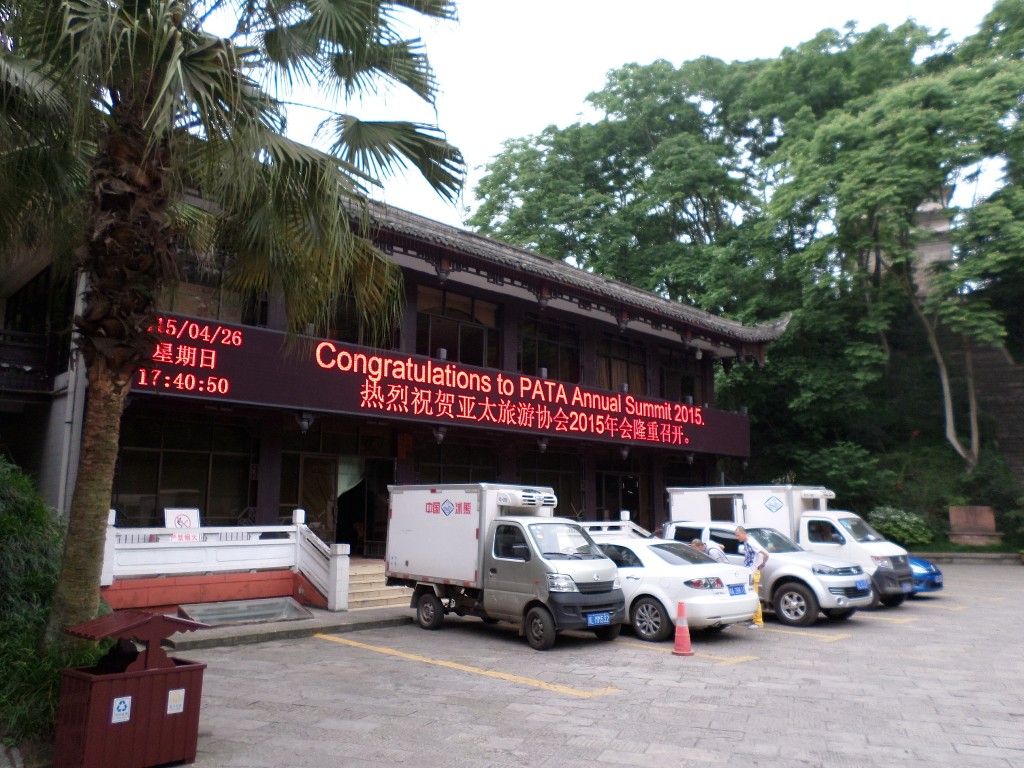 Welcome signs for the PATA delegates were everywhere. |
The food & beverage was culturally sensitive. Signs dutifully informed us that there would be no pork-based food. In fact, most was poultry, vegetarian or seafood. During the event days, the hotel had arranged a complimentary dinner buffet daily between 1800-2000 hrs. This made it very convenient for delegates who were too tired to go out, as well as the volunteers and PATA staff.
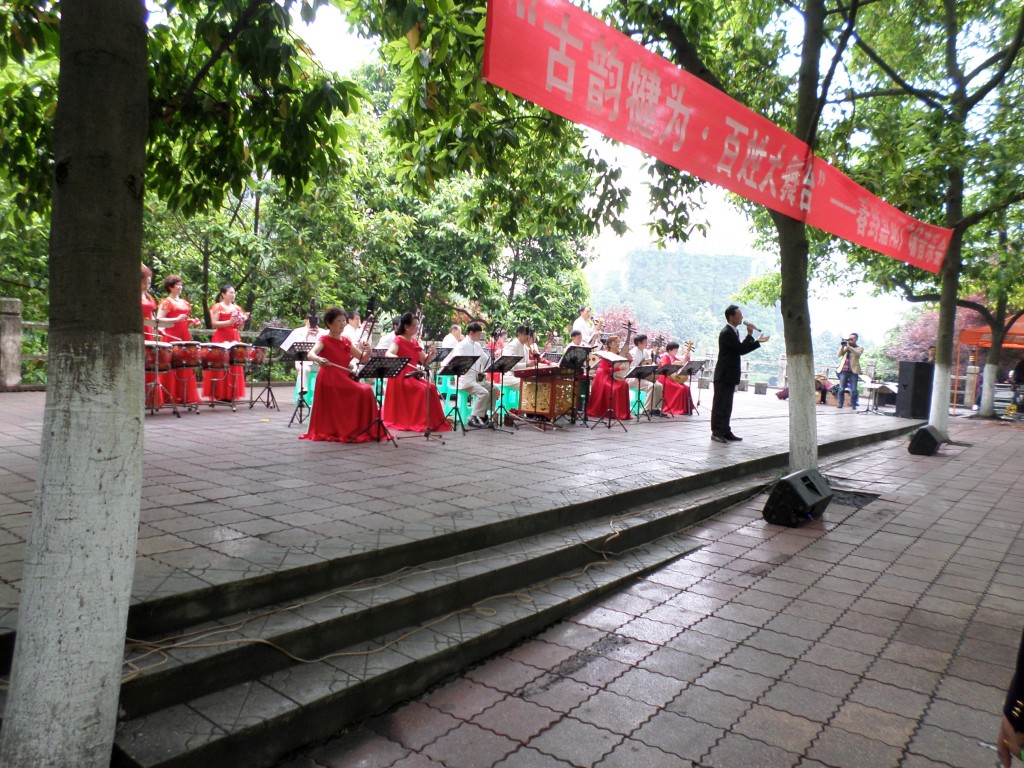 An outdoor performance on a spick-and-span open air concert hall. |
The tours took us to places that were spotlessly clean, free of cigarette butts, toffee-wrappings or used tissue-paper. This applied to all the roads and streets. Road signs are now in English and Chinese. All the tours were well-organised and under the watchful eye of a police escort, largely to avoid traffic and maintain punctuality. At all the tourist sites, we found clean toilets and good interpretation signage in both Chinese and English.
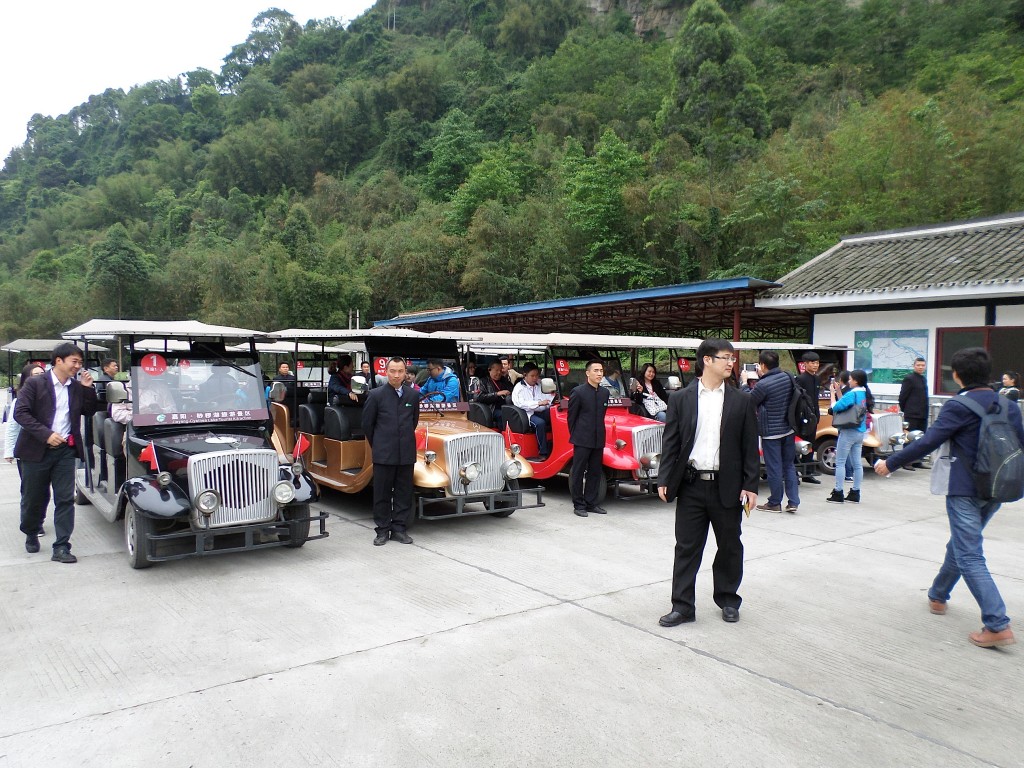 Everything always well organised. |
This was the first major travel industry conference organised in Leshan. No doubt they will get better and better. A new convention centre is coming up, which will give further impetus to the MICE sector. A travel mart was organised last year and is set to become an annual event.
In terms of organisation, punctuality, cleanliness, efficiency and just old-fashioned hospitality, the PATA summit in Leshan was world-class. The Indian organisers of the PATA Travel Mart in Bengaluru have to show that they can match the Chinese.
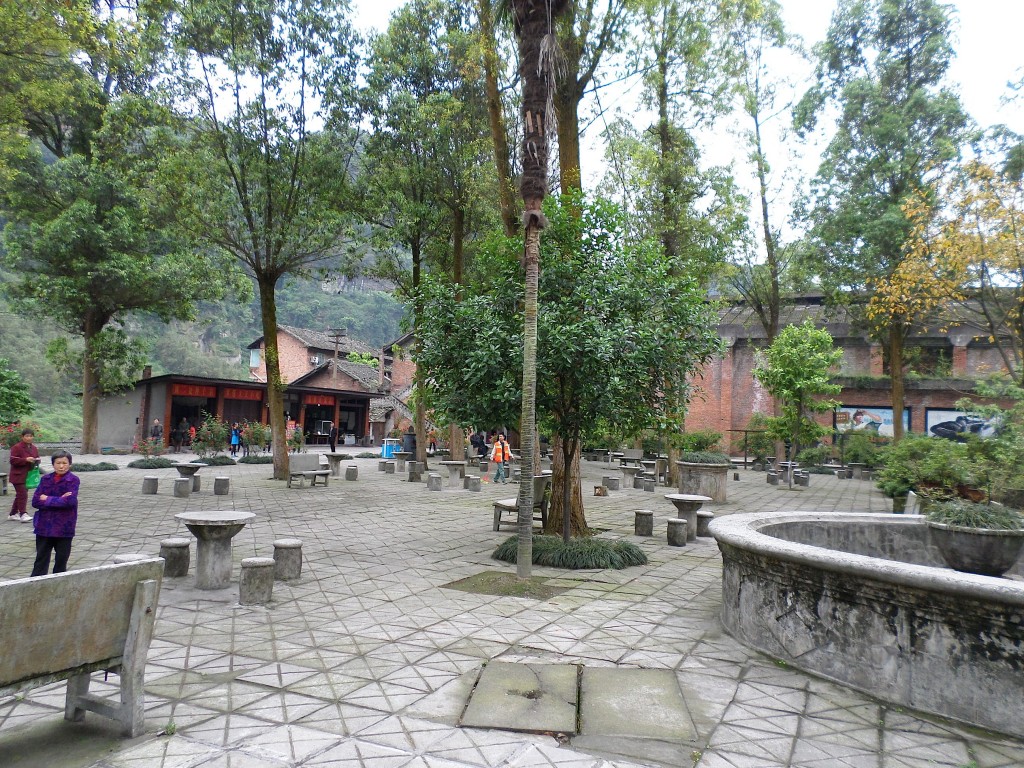 Unbelievable cleanliness at each tourist site. |
For those who think I am writing this because I was hosted by PATA or the Chinese, think again. I paid my entire way, including both hotel and air-fare.



Liked this article? Share it!